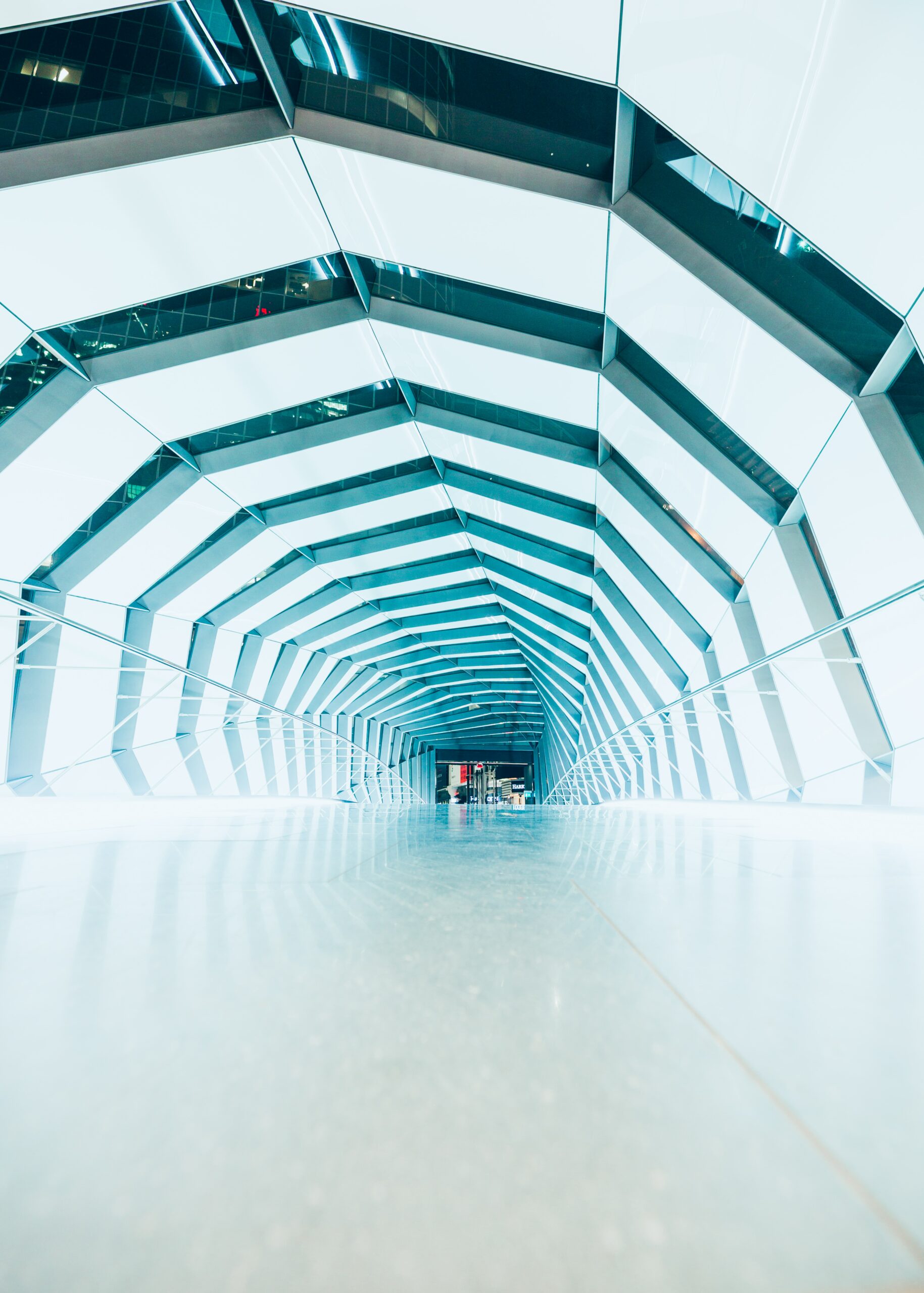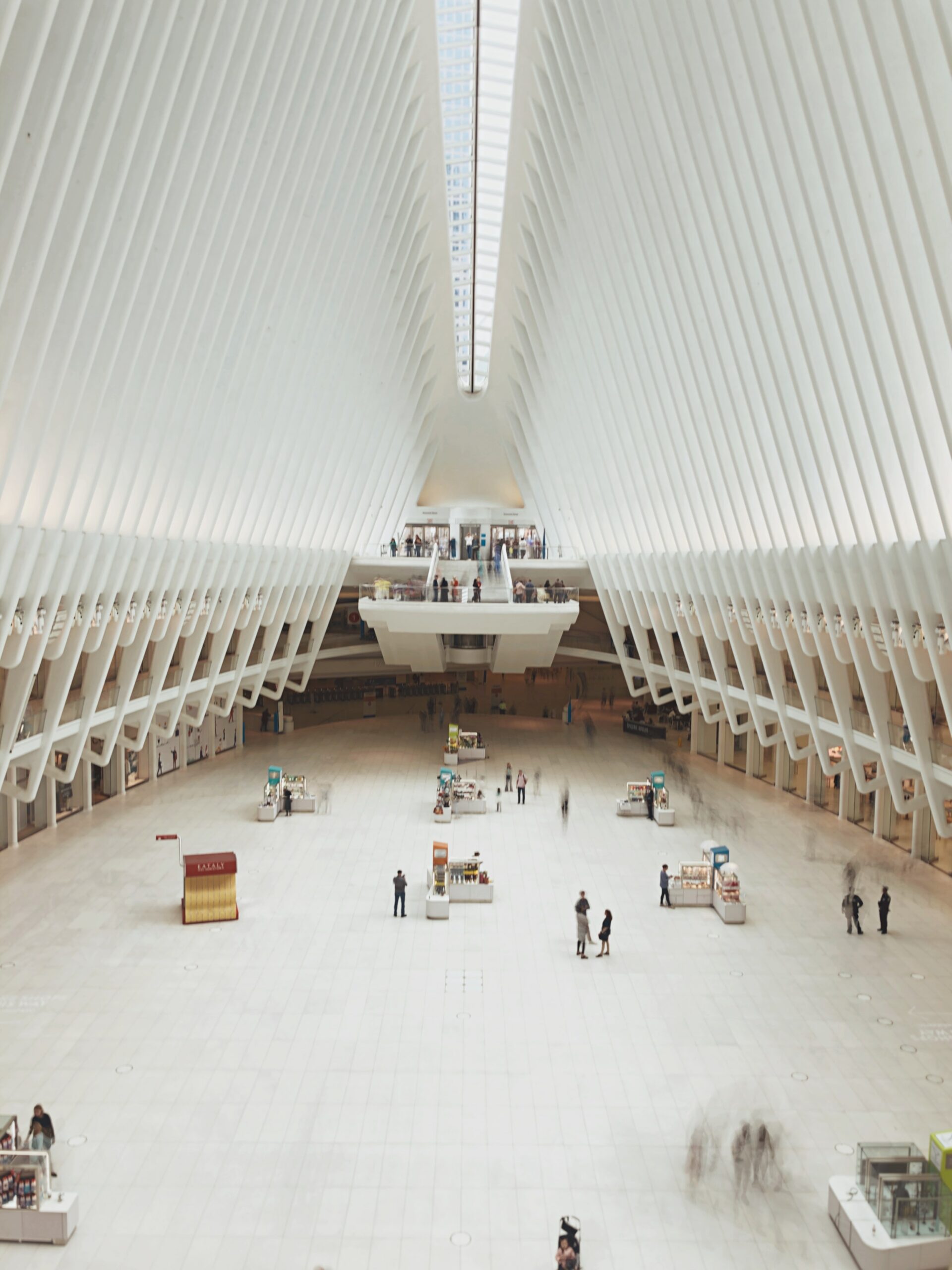History
The Blackfriars Dominicans arrived in Norwich in 1226 and settled north of here in the parish of Colgate, and when they moved here in 1307 they took over the buildings of a junior order of monks from Marseilles called the Sack Monks. These early brick buildings, built between 1270 and 1307, are still largely intact and are now the Crypt Café Bar and the covered remains of Thomas A 'Beckett's Chapel, 'deliberately demolished' in 1876.

...
The cloister church, dedicated to St John the Baptist and the largest of the city's four male monasteries, was begun in 1326 but not completed until 1470 due to a fire which destroyed much of the building in 1413. The five original windows at St Andrews Hall. and the large east window at Blackfriars were incorporated into the new building. The roof beams for Blackfriars and the hammerhead beams on the roof of St Andrews were a gift from the Paston family along with the magnificent fifteenth century doors with the Paston and Mothby crest on the South Porch. The family of Sir Thomas Erpingham, hero of Agincourt, donated large sums of money to rebuild the church. Erpingham's son, Robert, was a monk in this church. The Erpingham crest can be seen between each of the lantern windows when viewed from the Preachers' Yard at the front of the building, in the glass of the west window, and in the Victorian doors to Blackfriars Hall. The large preaching nave is separated from the private choir of monks by a pathway leading directly to the cloisters. The pathway was originally topped by a tower built in 1462 by Sir Simon de Felbrigge, who is buried in Blackfriars Hall. The tower was destroyed by a storm in 1712.
